A slipping clutch can be a troubling issue for any driver. Recognising the signs early can prevent further damage and costly repairs, whether you’re driving a manual or automatic vehicle. This article will guide you through identifying the symptoms, understanding the causes, and knowing when to seek professional help.
What are the signs of a slipping clutch?
A slipping clutch often reveals itself through several noticeable symptoms. Recognising these early can prevent more severe issues.
- Unusual engine revving: One of the most common signs is a noticeable increase in engine RPMs without a corresponding increase in vehicle speed. This occurs when the clutch isn’t fully engaging the transmission.
- Burning smell: A burnt smell, especially after shifting gears, can indicate that the clutch is overheating. This is often caused by friction from a slipping clutch.
- Difficulty shifting gears: It could be due to clutch slippage if you find it challenging to change gears smoothly. The clutch may not be disengaging correctly, causing resistance when shifting.
- Loss of acceleration: Even with the accelerator pedal fully depressed, the vehicle may not accelerate as expected. This can indicate that the clutch is not transmitting power efficiently.
- Pedal issues: A clutch pedal that feels spongy, loose, or higher than usual can also indicate trouble. These changes in pedal feel can indicate wear in the clutch components.
How can you check for a slipping clutch while driving?
Testing for a slipping clutch while driving can be straightforward, provided you know what to look for. Here are some practical ways to test your clutch’s condition:
- Handbrake test: With the engine running, engage the handbrake fully. Shift into a higher gear (like second or third) and gently release the clutch while pressing the accelerator. Your clutch may slip if the engine revs up without the car stalling.
- Hill start: Try starting your car on a slope. If the vehicle struggles to move uphill or if the engine revs up without significant movement, this could indicate clutch slippage.
- Accelerate in a high gear: Shift to a high gear and accelerate quickly while driving. If the engine speed increases without a corresponding increase in vehicle speed, this is a clear sign of a slipping clutch.
- Listen for unusual sounds: Unusual noises, such as grinding or squealing when engaging the clutch, can also indicate clutch problems.
What causes a clutch to wear out?
Understanding the causes of clutch wear can help you prevent premature failure. Here are some common reasons why clutches wear out:
- Riding the clutch: Keeping the clutch partially engaged for extended periods, such as in heavy traffic, can cause unnecessary wear.
- Frequent gear changes: Constant shifting, especially in stop-and-go traffic, can accelerate clutch wear.
- Aggressive driving: Fast starts and hard shifts can put extra strain on the clutch, leading to quicker wear.
- Towing heavy loads: Vehicles that frequently tow heavy loads put additional stress on the clutch, which can lead to faster wear and tear.
- Incorrect clutch adjustment: A poorly adjusted clutch can cause improper engagement, leading to premature wear.
How does a slipping clutch affect your vehicle?
A slipping clutch can make driving less enjoyable and severely affect your vehicle’s health.
- Reduced fuel efficiency: AIt can cause the engine to work harder than necessary, increasing fuel consumption.
- Increased engine wear: The additional stress on the engine can accelerate wear and tear, potentially leading to more costly repairs.
- Transmission damage: Prolonged clutch slippage can cause damage to the transmission, as the gears may not be engaging correctly.
- Overheating: Excessive slipping can generate heat, damaging the clutch and other components.
- Loss of control: In severe cases, a slipping clutch can make it difficult to control the vehicle, especially during acceleration.
When should you seek professional help for a slipping clutch?
Knowing when to seek professional assistance can save you from more severe issues. Here are some indicators that it’s time to consult a mechanic:
- Persistent symptoms: If you consistently notice signs of a slipping clutch, it’s time to get it checked.
- Strange noises: Grinding or squealing sounds when using the clutch are signs that should not be ignored.
- Difficulty shifting gears: If shifting becomes a struggle, professional help is needed.
- Unusual pedal feel: A clutch pedal that feels spongy or loose could indicate a problem.
- Loss of power: If your vehicle loses power during acceleration, it’s best to have it inspected by a professional.
What are the repair options for a slipping clutch?
You have a few repair options once you’ve identified a slipping clutch. The choice depends on the severity of the issue and your vehicle’s specific needs.
- Clutch adjustment: Sometimes, a simple adjustment can resolve minor slipping issues.
- Clutch replacement: In severe wear cases, replacing the clutch may be necessary. This typically involves replacing the clutch disc, pressure plate, and release bearing.
- Transmission repair: Additional maintenance may be required if the slipping clutch has caused transmission damage.
- Flywheel resurfacing or replacement: If the flywheel is damaged or worn, it may need to be resurfaced or replaced.
- Hydraulic system repair: Issues with the master or slave cylinder in hydraulic clutch systems can cause slippage. Repairing or replacing these components may be necessary.
How can you prevent your clutch from slipping?
Preventative measures can extend the life of your clutch and prevent slipping. A comprehensive car maintenance guide can help keep your clutch in good condition. Here are some tips for maintaining your clutch effectively:
- Avoid riding the clutch: Keep your foot off the pedal when not shifting.
- Shift gears smoothly: Avoid aggressive shifting and match your engine speed with your gear changes.
- Use the correct gear: Always use the appropriate gear for your speed and driving conditions.
- Regular maintenance: Inspect and maintain your clutch system to catch potential issues early.
- Avoid heavy loads: Minimise towing or carrying heavy loads whenever possible.
Are there differences in clutch slipping symptoms between manual and automatic transmissions?
Clutch slipping can occur in manual and automatic transmissions, but the symptoms and causes differ slightly.
- Manual transmissions: In manual vehicles, they often result in noticeable changes in pedal feel, difficulty shifting gears, and increased engine RPMs without a corresponding increase in speed.
- Automatic transmissions: In automatics, symptoms might include delayed or hesitant gear shifts, a noticeable loss of power, or the transmission slipping out of gear unexpectedly.
- Hydraulic vs. cable systems: Manual transmissions can use either hydraulic or cable systems. Hydraulic systems might show symptoms like a soft pedal feel, while cable systems might exhibit stiffness or resistance in the pedal.
- Transmission fluid: In automatic transmissions, low or dirty transmission fluid can cause symptoms similar to a slipping clutch. Regular fluid checks are crucial.
- Electronic issues: Modern vehicles with automatic transmissions may experience electronic problems that mimic clutch slipping. Diagnostic testing is often required to pinpoint the issue.
Conclusion
Understanding the signs of a slipping clutch can help you address issues early and avoid costly repairs. Look out for unusual engine revving, burning smells, difficulty shifting gears, loss of acceleration, and changes in pedal feel. Regular maintenance and good driving habits can prevent clutch problems. If you notice persistent symptoms, consult a professional to assess the situation.
Get your clutch repaired at Port Phillip Automotive
If you’re experiencing issues with a slipping clutch, seeking expert help is crucial. At Port Phillip Automotive, we offer comprehensive clutch repair services to ensure your vehicle runs smoothly and efficiently. Our skilled technicians are equipped to diagnose and repair clutch problems, whether your car has a manual or automatic transmission. Book a clutch inspection at Port Phillip Automotive today to confidently get back on the road.

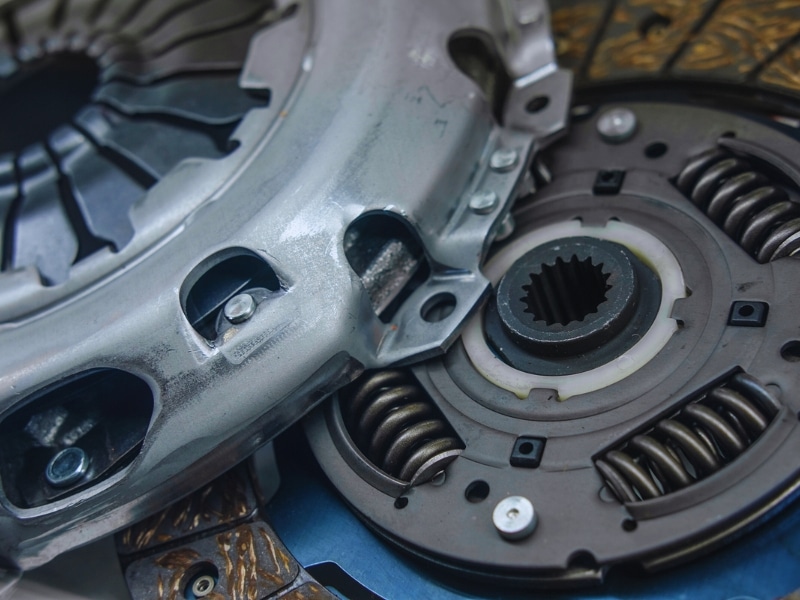
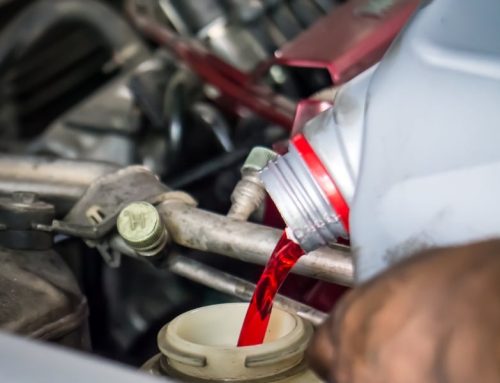

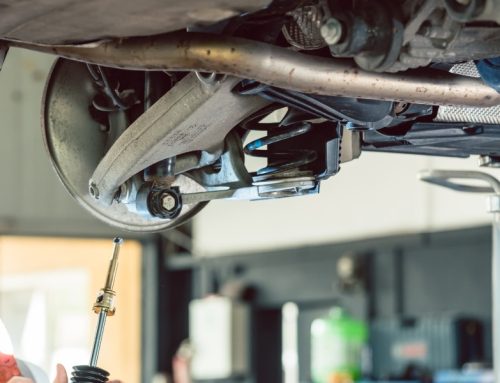
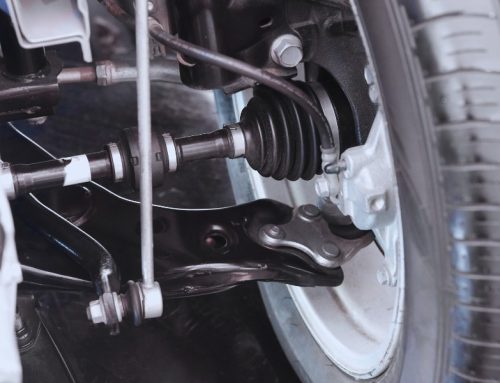
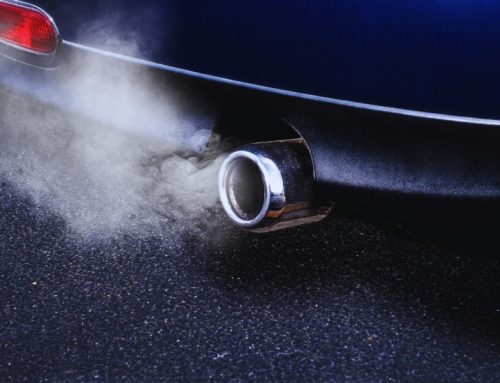
Leave A Comment